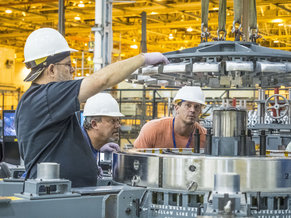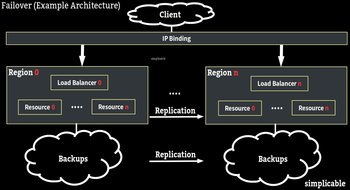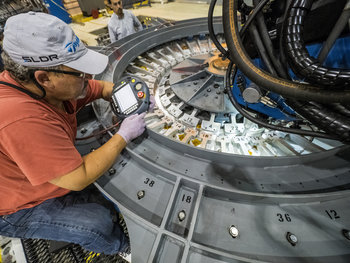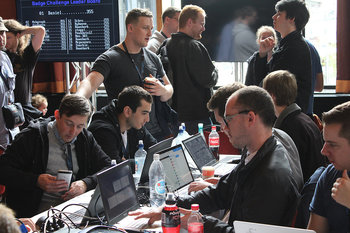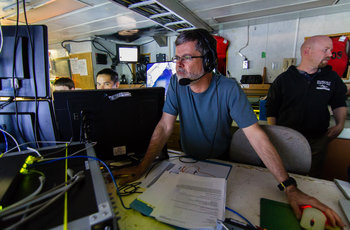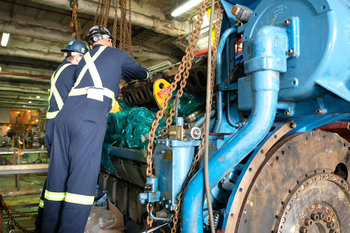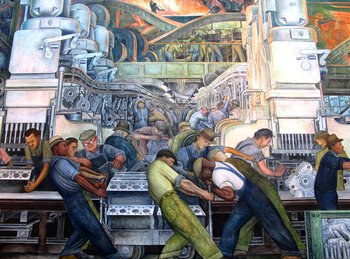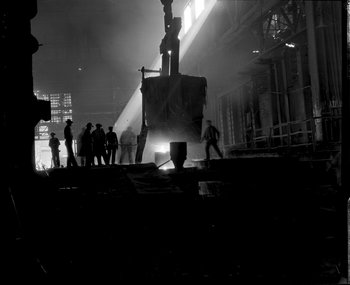Service Quality
Events that disrupt the value delivered by your services. For example, a late flight can be viewed as a business incident.Service Availability
Events that disrupt access to a service such as a streaming media service that is running too slow to use.Product Quality
Instances of substandard product quality. For example, a batch of bicycle helmets that are shipped with a defect.Customer Service
An instance of unacceptable customer service such as an employee who insults a customer.Reputation
An event that harms your reputation. For example, an executive that says something to the media that causes a backlash against your firm.Compliance
A failure to comply with laws and regulations. For example, a restaurant chain that fails to comply with food safety regulations at a location.Labor Action
An organized action taken by employees that disrupts your business such as a strike.Information Security
An information security incident is the unauthorized disruption, access, use, modification or destruction of information technology or data. For example, unauthorized access to a banking website.Physical Security
A physical event that harms the safety and security of people or property. For example, a theft.Health & Safety
Any event that harms the health and safety of people. For example, an employee falling down the stairs at your office.Fire & Flood
Fires and floods that harm people or damage property. These are typically considered both physical security and health & safety incidents.Sabotage
Insiders who deliberately damage your business in some way. For example, a mechanic who deliberately delays a flight by creating a maintenance issue.Process
Failure of a process such as a production line that goes down due to a system problem.Supply
A disruption to supply such as a restaurant that needs to suspend service due to a failure to secure food ingredients.Machines
The failure of a critical machine such as an oven at a bakery.Employee Performance
Unacceptable employee performance such as an instance of workplace bullying.Infrastructure
A failure of infrastructure. For example, a disruption to telecom services at a data center.Facilities
Failure of a facility. For example, an office location that is closed due to a political protest.Force Majeure
A force majeure is a large scale negative event that is beyond your control as an organization such as a war, terror attack, disaster, epidemic, strike or political protest. It is possible to prepare for these incidents by designing resilience into your facilities, infrastructure, processes and culture. For example, constructing buildings to be earthquake and fire resistant.Incident vs Accident
The difference between an incident and an accident is that an incident isn't necessarily accidental but can be intentional or designed into a system. In a business context, it is rare to use the term accident as this implies that events are out of your control when in fact there is usually something that could have been done to prevent or mitigate each negative event.Incident vs Risk
An incident is a risk that has occurred. A risk is potential for a negative event that hasn't yet occurred.| Overview: Business Incident | ||
Type | ||
Definition | An event that causes a loss or disruption to a business. | |
Related Concepts | ||


